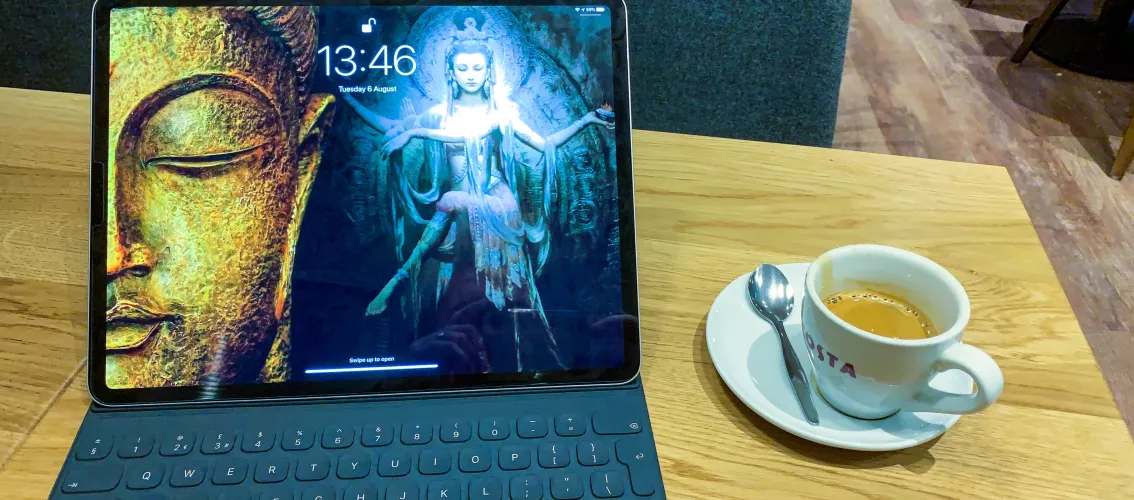Digital and Physical Personalisation

As I write this, I’m sitting in a local coffee shop where the ambience of people talking and relaxing, as well as the staff’s level of friendliness and the fact the beans are ground on-premises are helping me to form a connection. Very different from the man who’s just came in while talking on his phone and ordered a takeaway coffee without even ending his call. The ambience is an inconvenience; the transaction of obtaining a coffee is the key.
It’s the ability to deal with these different desires that match the customer’s preferred experience that makes the coffee shop successful; understanding the various wants, and then meeting them is relatively easy to do in the physical world.
But, in the last year most of our lives have been lived online, and much of our ability to interact as an individual or a business has lessened, so the quality of interactions has dropped.
How do we move towards having a level of interaction in the digital world that comes close to matching that of the physical world?
Talking on your phone when ordering a coffee creates a specific context for interaction with the staff and the experience that you have. If we’re looking for our online interactions with potential customers to provide the same level of personalisation, we need to make these types of distinctions.
We can begin to build towards this outcome by combining the following items:
To start bringing the real-world level experience into the digital world, we need to have the following components in place, as a minimum:
Content Management
They’re designed to manage large volumes of content and have workflows that support content creation and curation. A CMS allows the organisation’s content to be stored in a way that would enable a variable presentation layer which is also distributed over different channels. Why is this helpful? It allows the content to be displayed on multiple channels.
With basic information about the users, it’s possible to present bespoke content for them to personalises their experience — a fast and effective goal-orientated workflow can be selected for the individual. It’s the digital equivalent of selecting whether the customer is on the phone or not.
Search and Insight
The ability to search and find relevant information quickly is critical in providing the correct experience to match the user requirements. It isn’t uncommon to display the search results to build on the different taxonomies based on user interests, such as related content.
The insight elements of data navigation are a relatively new technology, but it allows the system (with some human intervention) to begin creating a map of data that helps to build new ways of navigating.
Integration and Interoperability
The ability to integrate with other systems is critical to ensure that the platform can present all the relevant information in one place, making sure that the user’s understanding is accurate at that time (availability of stock in an e-commerce environment).
The other primary use of integration is providing a single point of interaction, allowing the user to manage several dispirit applications in one place. For example, for many local Councils, it’s about offering information, such as dates and times for refuse collection and bus timetables within the one online source.
Customer Data Management
More than a CRM system, the storage and interpretation of the different users’ data allows for a personalised experience focused on the user, even when the system is interfacing with an external application.
Analytics
The rich data that the information will generate, provided by the user through configuration (profile) and interaction history, supports personalisation for the individual user and an in-depth understanding of the customers’ needs, as a whole.
Making personal consistent
Making digital more personal requires time and effort spent on combining different technologies, along with time focused on developing content in a way that can be displayed in components, or fully in lots of other formats.
The time spent testing the platform with users and refining, based on their feedback and a deeper understanding of their needs, might result in building a type of connection with the user that meets their personal needs and will keep them stay engaged.
If we wish to have a genuine continuous relationship, we need to focus on our digital presence, as much as we expect our staff to build our physical one.
Take a look at our Discovery and UX services to see where we can help.



